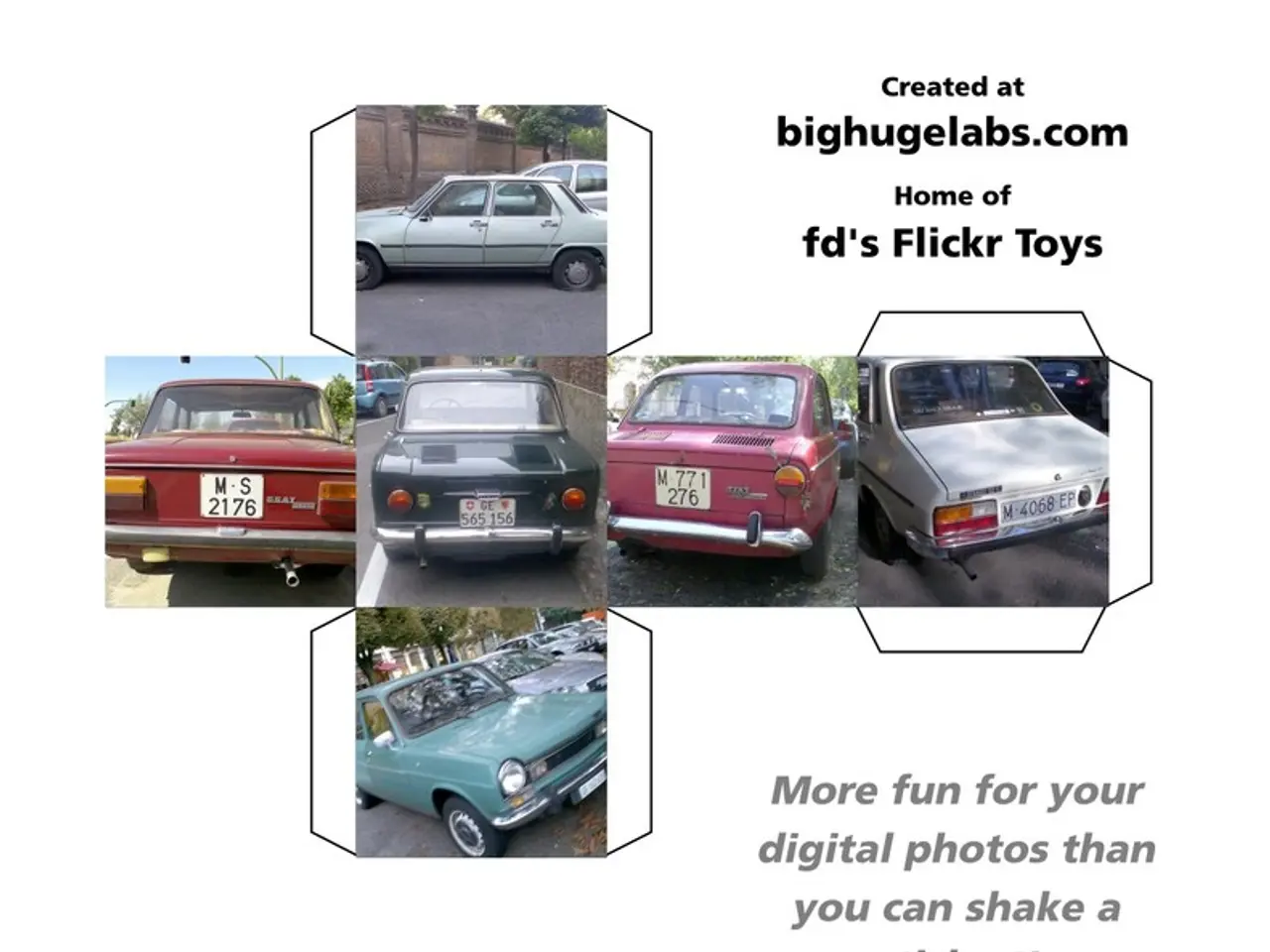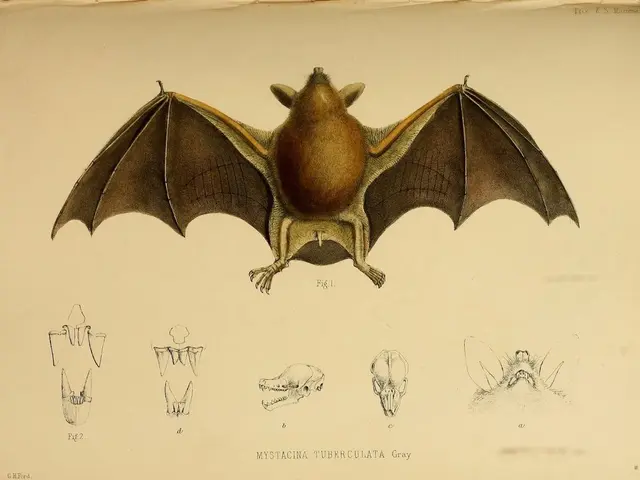Unleashing a flourishing zero-emissions industry within the automotive sector is possible under the right structural plan – Automotive Action Plan.
Headline: European Automotive Industry Calls for Flexible Transition to Zero-Emission Mobility
The European automotive industry is gearing up for the next Strategic Dialogue meeting, where the focus will be on charting a course towards 2035 with the necessary flexibility and pragmatism to make the transition to zero-emission mobility a success.
This transition is not a solitary endeavour. Suppliers, alongside vehicle manufacturers, are driving the decarbonisation of the sector and are committed to making it happen. They have collectively invested hundreds of billions of euros towards making zero-emission mobility a successful business model.
A key element of the Automotive Action Plan and the CO2 regulation's revision should be establishing a technology-open regulatory framework. This framework would enable solutions like Plug-in Hybrid Electric Vehicles (PHEVs) and range extenders beyond 2035, ensuring Europe's resilience and strategic autonomy in the face of climate change.
The truck and bus industry, with its unique role and challenges, also needs appropriate recognition in this transition. An urgent assessment of the sector's enabling conditions is necessary to facilitate the transition to zero-emission mobility for trucks and buses.
The market for zero-emission vehicles is not growing fast enough, and the transition requires immediate ambitious actions. Proposed penalty relief for 2025 targets for cars and vans is a step in the right direction, but more needs to be done. Ambitious measures are required to tackle insufficient enabling conditions, including increased AFIR targets, purchase and fiscal incentives, and measures to stimulate demand for heavy-duty vehicles.
Greater flexibility is also necessary to ensure a realistic and ambitious transition. The European Association of Automotive Suppliers has emphasised this need, and the industry looks forward to working with the European Commission to deliver on the Action Plan for the Automotive Industry.
The auto industry acknowledges the collective efforts of the European Commission President Ursula von der Leyen and Commissioners Tzitzikostas, Séjourné, Minzatu, Virkkunen, and Hoekstra for engaging with the sector at this critical juncture.
However, the responsibility for revising the CO2 regulations for vehicles and trucks by 2025 lies primarily with the European Commission as part of the EU "Fit for 55" strategy. The German government, while participating in discussions and expressing positions within the EU Council and Bundestag, has rejected some EU Commission proposals over infrastructure concerns. Industry associations like the VDA and labor unions like IG Metall lobby for more flexible CO2 rules.
Lastly, the industry calls for a balanced trade policy that safeguards European added value and maintains the benefits of a globally connected supply chain. More than 3,000 companies, many of them small and medium-sized enterprises, depend on flexibility to thrive in Europe's automotive industry.
As the automotive sector navigates this critical transition, the need for a collaborative and pragmatic approach cannot be overstated. The industry is ready to work with policymakers to ensure a smooth and successful transition to zero-emission mobility.






